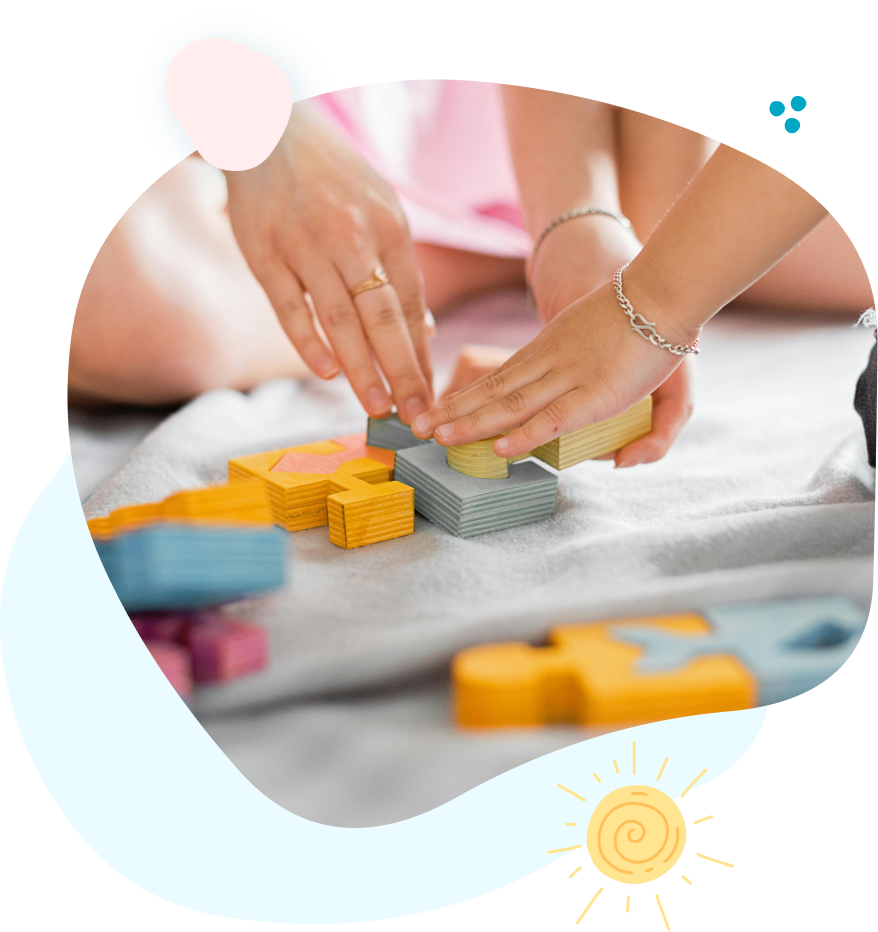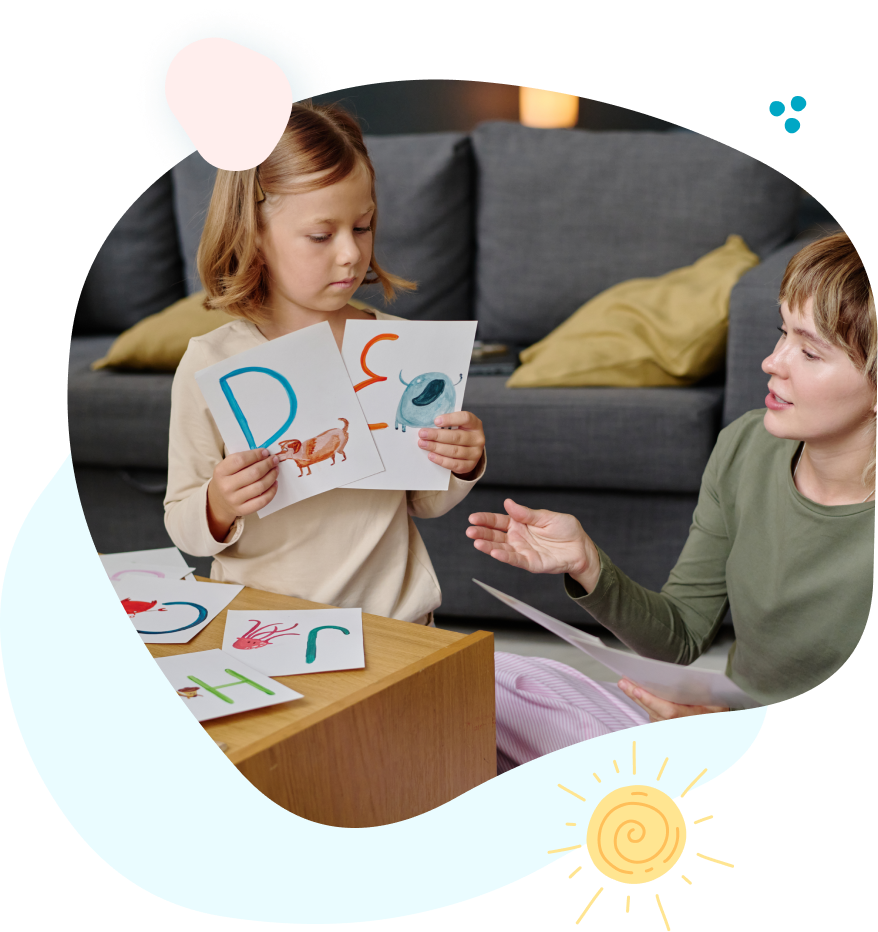Your Clinic
SET A LOCATION
Your Clinic
SET A LOCATION
Helping Kids Thrive Through Therapy
Sensory Integration Therapy is a specialized approach designed to help children who experience challenges in processing sensory information. These challenges can impact daily activities, social interactions, and learning. This therapy focuses on providing children with structured and playful sensory experiences to improve their ability to respond appropriately to the environment. It's particularly effective for children with conditions such as Autism Spectrum Disorder (ASD), Attention Deficit Hyperactivity Disorder (ADHD), or Sensory Processing Disorder (SPD).

Our sensory systems provide critical information about the world and our bodies, enabling us to move, communicate, and engage with our surroundings. These systems work together to ensure we can process and respond to sensory input appropriately. Here's a breakdown:

For some children, the brain struggles to interpret and organize sensory input effectively. This can lead to:
Hyperresponsivity: Overreacting to stimuli, such as covering ears during loud noises or avoiding certain textures.
Hyporesponsivity: Underreacting, often appearing withdrawn or unaware of surroundings
Sensory-Seeking Behaviors: Craving intense sensory input, like spinning, crashing into objects, or chewing on items.
Improves Daily Functioning: Enhances motor skills, attention span, and emotional regulation.
Boosts Social Skills: Helps children interact more comfortably with peers and family.
Increases Confidence: Promotes independence by overcoming sensory challenges.
Therapy sessions are tailored to each child’s needs and may include:
Helps balance and coordination by targeting the vestibular system.
Provides calming input through the proprioceptive system, reducing anxiety.
Develops motor planning, problem-solving, and spatial awareness.
Encourages exploration and desensitization through textures and materials.
Understanding how sensory systems work and addressing any challenges can transform your child’s daily life. If you think your child could benefit from sensory integration therapy, don’t wait! Our team is here to help them achieve their fullest potential. Contact us today to schedule a consultation.
We empower children, families, and the community to learn, grow, and celebrate every child's unique abilities.
Quick Links
Contact Details
Phone: 561-376-2573 | 561-918-0190
Fax: 561-218-4939
VIP Concierge: 561-717-1764
Clinic Locations
All Rights Reserved | Progressive Pediatric Therapy, Inc. | Privacy Policy | Terms of Service
Site by Spearlance